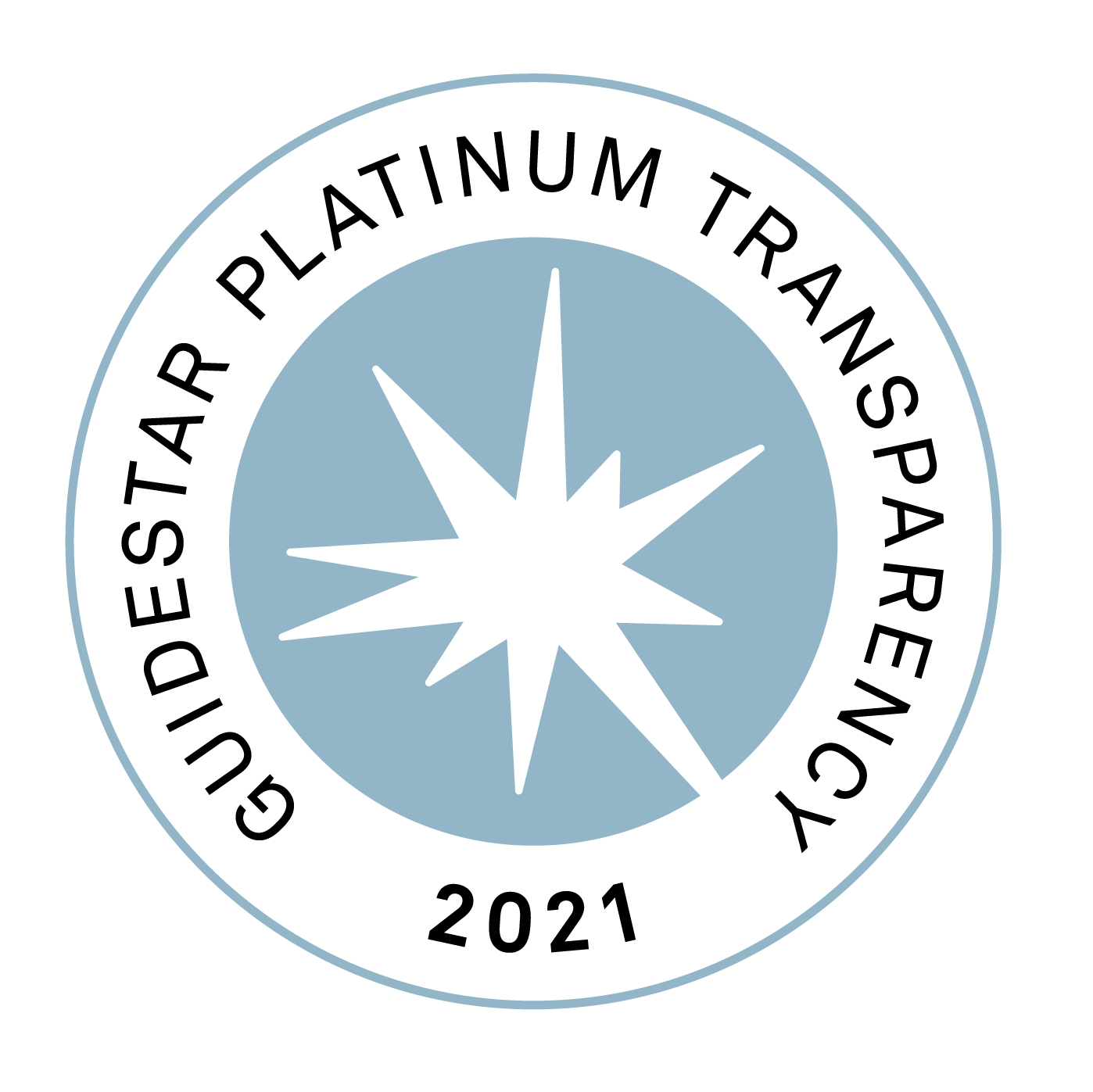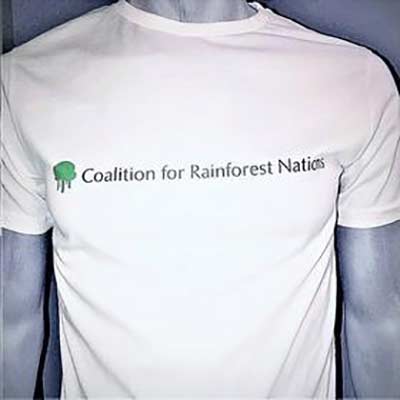Kevin Conrad of Papua New Guinea and Federica Bietta of Italy – two bold MBA graduate students at Columbia University– took on a challenge to change the world for the better. Inspired by a call to action by the late Grand Chief Sir Michael Somare, Prime Minister of Papua New Guinea, Kevin and Federica posed themselves the question of how to conserve the planet’s rainforests and bring equity to people around the world.
Their thesis: make trees worth more alive than dead. After all, rainforests provide a natural service for free; they absorb carbon dioxide, the greenhouse gas primarily responsible for climate change, and stop its release into the atmosphere. Dr. Geoffrey Heal, an economics professor at Columbia University, had written about nature and its role in the marketplace. What if the world attributed a financial value to that natural service? The largest contributors to greenhouse gas emissions could then pay for this service provided by the rainforests in countries hardest hit by the effects of climate change, slowing the acceleration of climate change and global inequity. Kevin and Federica dubbed their effort Reducing Emissions from Deforestation (RED).
As with many paradigm-shifting ideas, people were initially skeptical. But Nobel Prize-winning economist Joseph Stiglitz, an advisor, wasn’t! Neither were the governments of Costa Rica and Papua New Guinea. That December, after securing the formal support of Papua New Guinea and the Costa Rican government, the newfound Coalition travelled to the United Nations Climate Summit in Montreal, Canada, for the opportunity to be heard on a global stage. At the Montreal Climate Summit (2005), the Coalition introduced and championed a proposal for a results-based RED mechanism for consideration by the world. This was based on the idea of positive incentives for developing countries to retain their rainforests and seek payments for results of retaining their national rainforest reference levels’ to ‘for results measured against their national rainforest reference levels. This framework was tabled by the Coalition for Rainforest Nations, Papua New Guinea, and Costa Rica.


